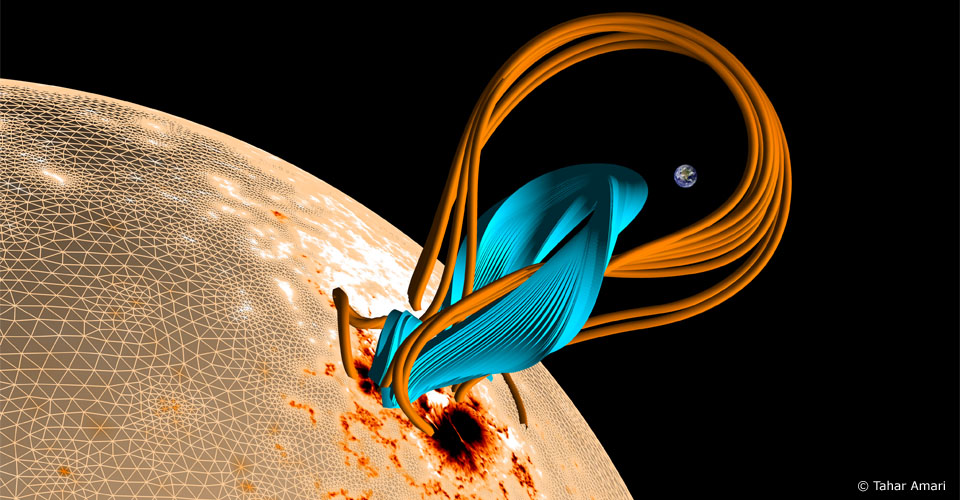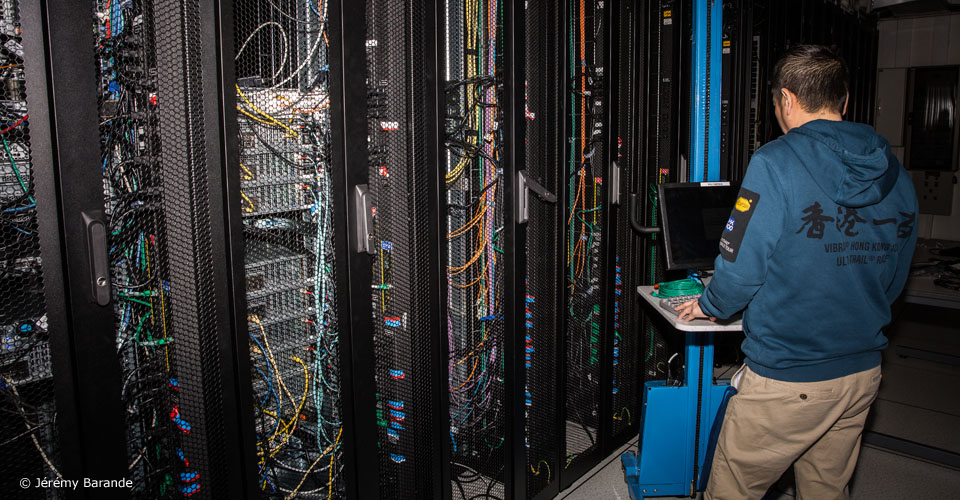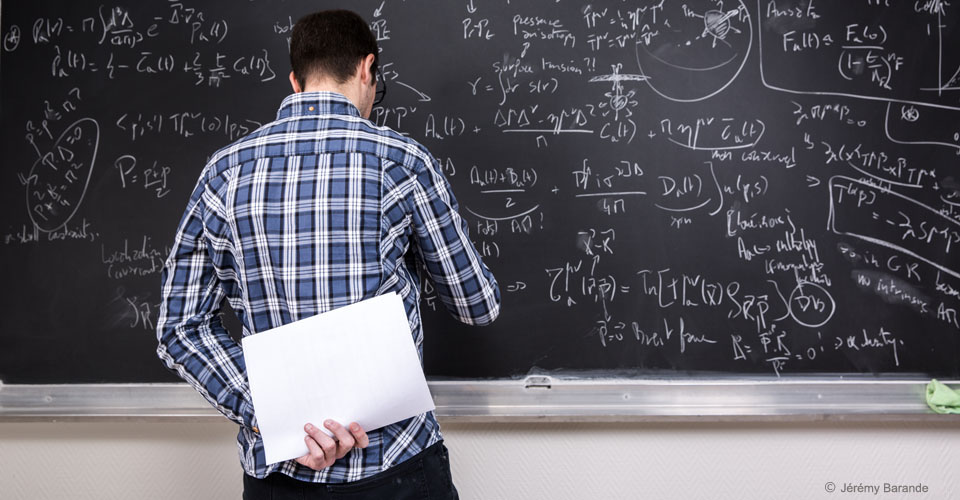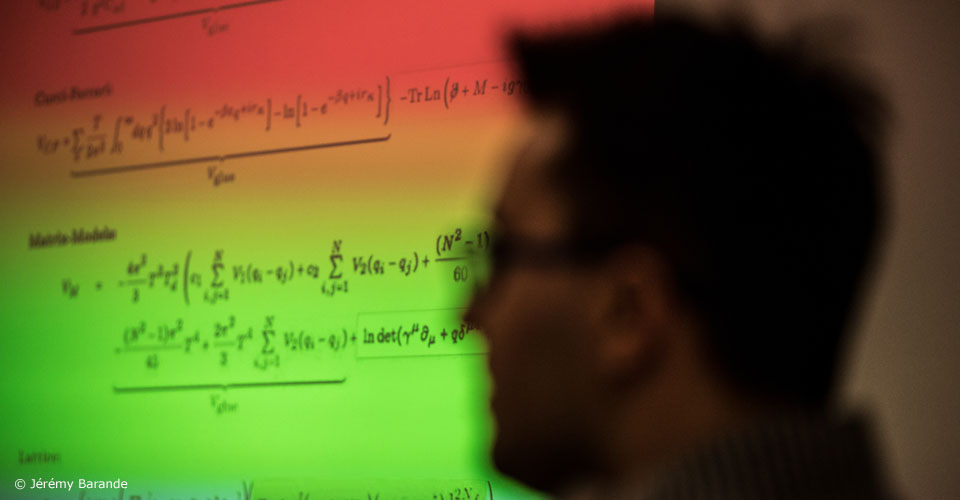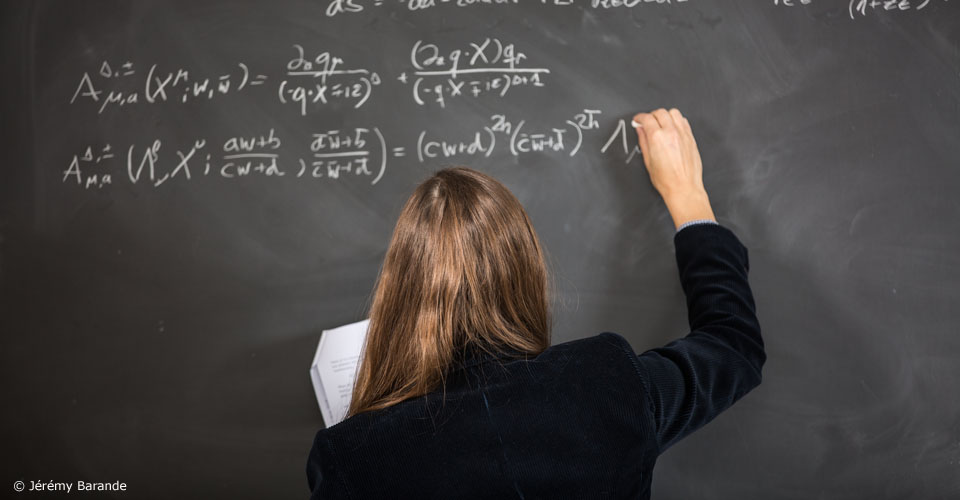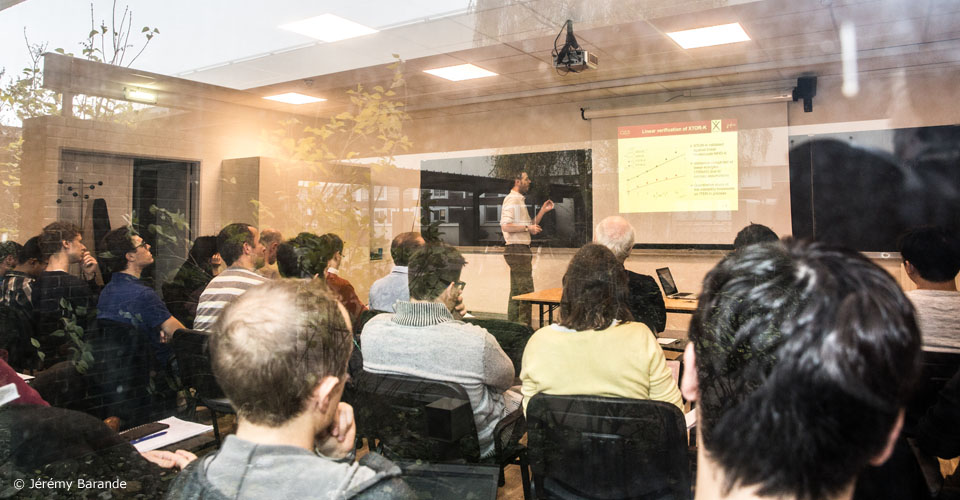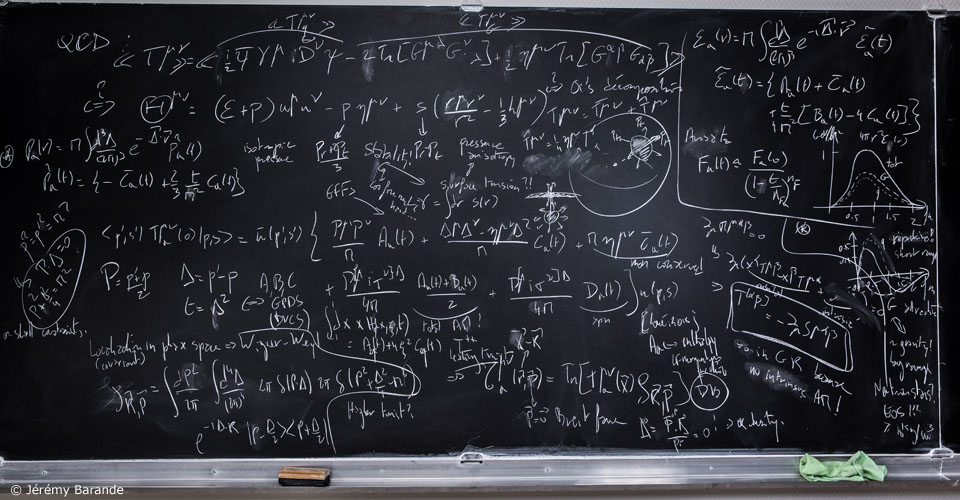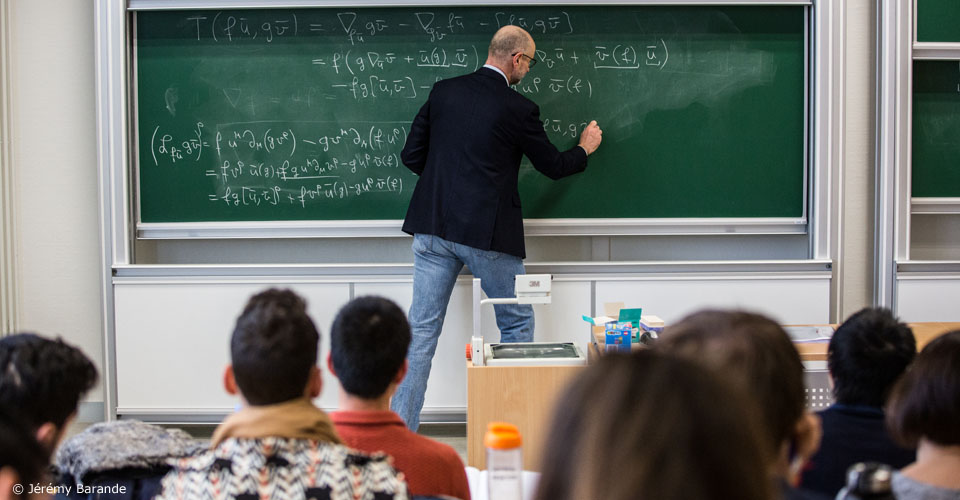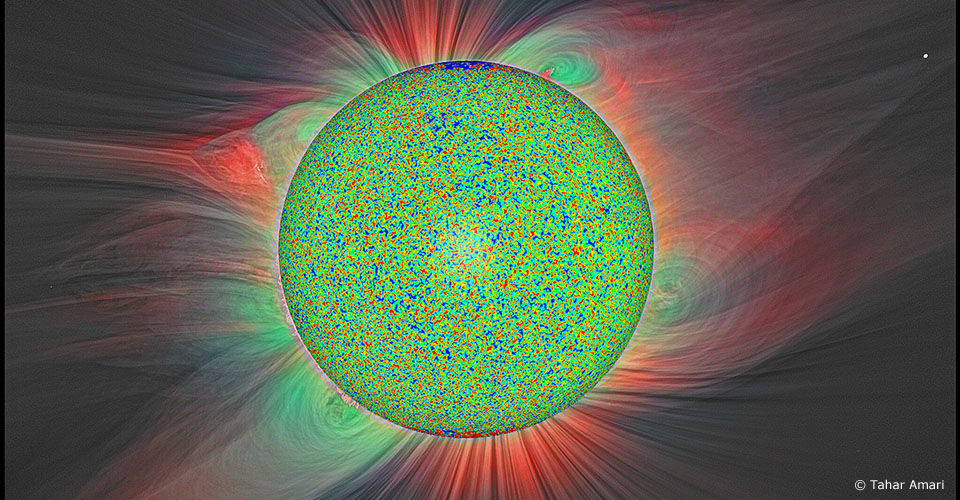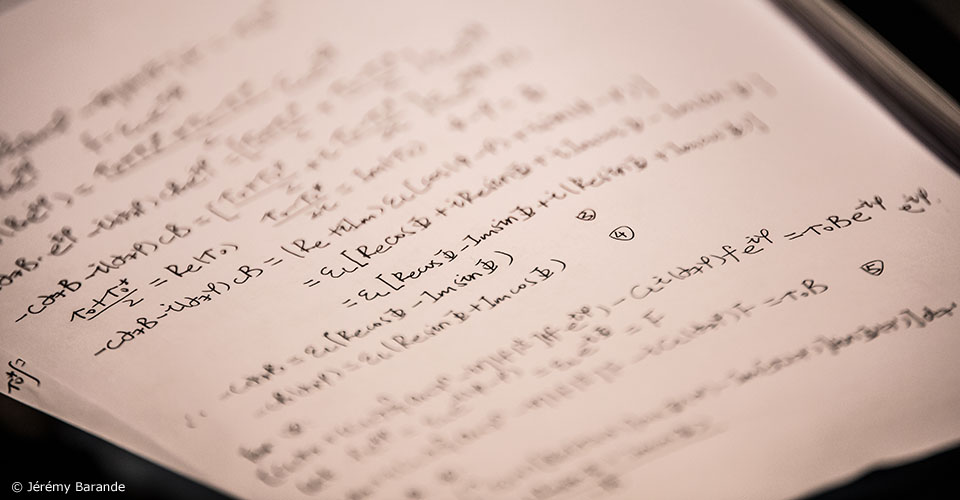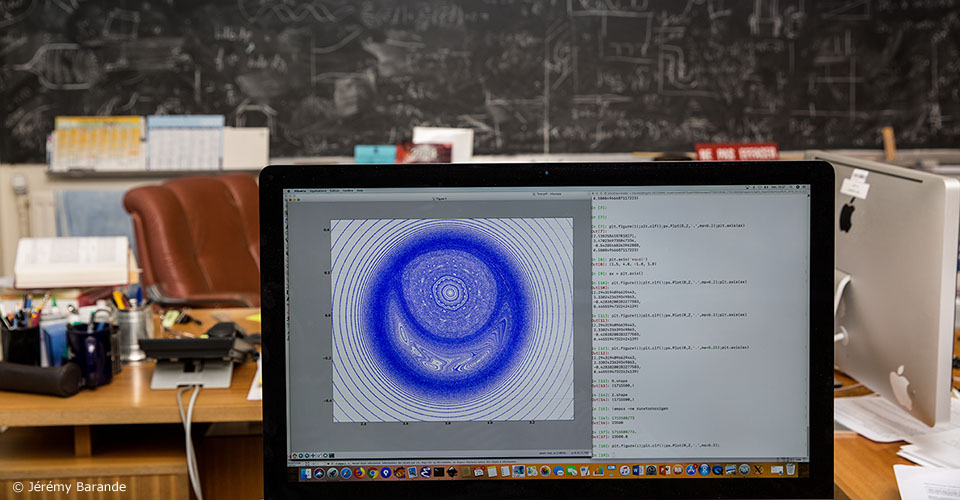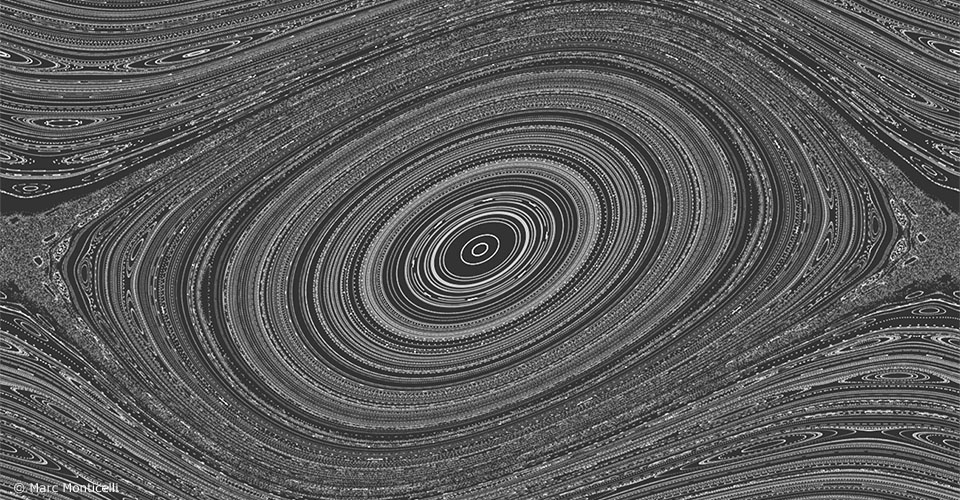Projet BIOSPHÈRE du patio
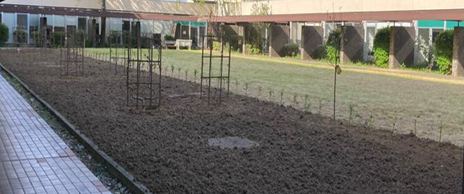 |
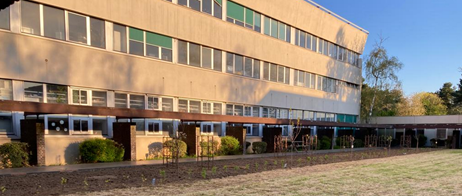 |
L’aménagement du patio avance bien. Nous avons déjà notre petit verger (pommiers, poiriers, figuier…), et surtout de la terre qui est préparée pour les plantations, nous avons 5 parcelles prêtes à l’emploi qui n’attendent que nous !
Vendredi 21 avril à 13h15 réunion mensuelle dans le patio
C’est une réunion très importante car nous devons décider :
- Qu’est-ce que nous allons planter ? (tomates ? concombres ? pommes de terres ? herbes aromatiques ? herbes médicinales ? etc)
- Comment nous allons planter sur 5 parcelles ? Parcelles thématiques (ex. : légumes ; herbes …) ? Parcelles par famille botanique (ex : Cucurbitacées …) ? Autre ?
- Quand allons-nous planter ? Nous devons établir un planning de plantation. Les jardiniers nous conseillent vivement de planter très rapidement, c’est-à-dire la semaine prochaine, tant que la terre n’est pas encore très dure.
- Combien nous sommes pour planter ?
Venez nombreux avec vos idées ! Parlez-en autour de vous avec vos collègues !

